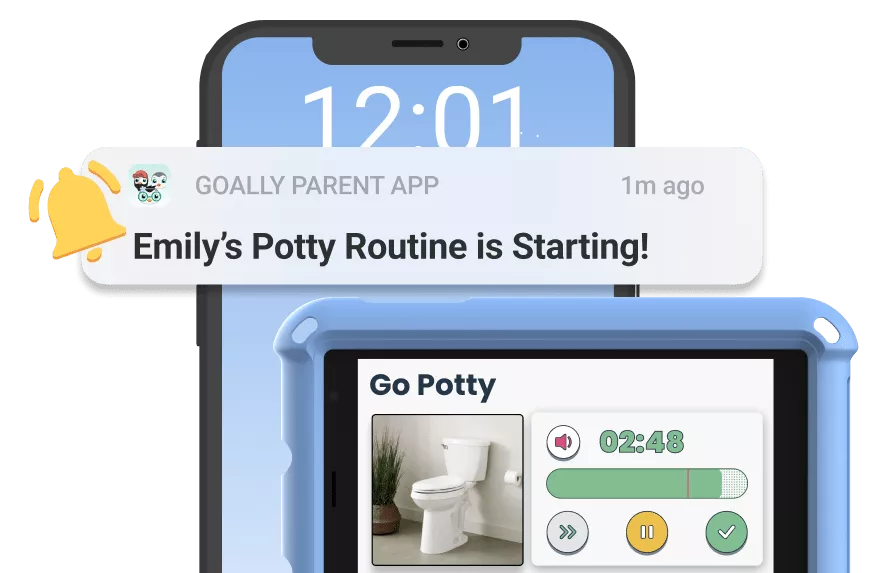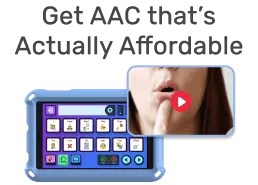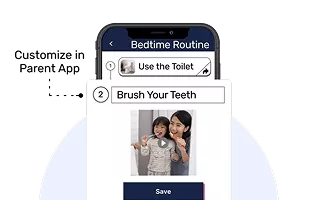Helping kids manage their time effectively can significantly improve their daily lives. With the right time management strategies, your child can become more organized, reduce stress, and enhance productivity.
Key Takeaways:
- Prioritize tasks using tools like the Eisenhower Matrix.
- Create and personalize a to-do list for better organization.
- Block out time in their day with a structured schedule.
- Avoid distractions and implement mindfulness techniques.
- Incorporate breaks to boost productivity.
- Try the Pomodoro Technique to manage focus and time.
- Track time to identify areas for improvement.
How can kids improve their time management?
Kids can improve their time management strategies by prioritizing tasks, creating to-do lists, blocking out time for specific activities, avoiding distractions, taking breaks, using the Pomodoro Technique, and tracking their time. These strategies help them stay organized, focused, and productive.
Table of Contents
1. Prioritize Tasks
One of the most important time management skills for kids is learning how to prioritize their tasks. Encourage them to focus on the most important and urgent tasks first. A helpful tool for this is the Eisenhower Matrix, which divides tasks into four categories based on urgency and importance:
- Urgent and Important: Do these tasks immediately
- Important, but not Urgent: Schedule a time to do these tasks
- Urgent, but not Important: Delegate these tasks if possible
- Neither Urgent nor Important: Eliminate these tasks
By learning to categorize their to-do items using this matrix, kids can ensure they’re spending their time on the right things. Make it into a game by having them write out their tasks on post-it notes and arrange them into the four quadrants. Seeing it visually can really drive home the concepts of prioritizing the important and eliminating the unnecessary.

Read more: ADHD Time Management: Top Strategies for Neurodivergent Children
2. Create a To-Do List
Having a written to-do list is a simple but powerful strategy for kids to stay organized and on track. Encourage your child to write down their tasks, including homework, chores, and extracurricular activities. They can use a planner, notebook, or even a digital app.
Marking items off as “done” gives a satisfying sense of accomplishment and progress. What I’ve found works well for the kids I work with is having them decorate and personalize their to-do list with stickers, colors, or drawings. This sense of ownership makes them more likely to actually use and stick to the list. Neurodivergent kids in particular often thrive on the visual structure a checklist provides.
3. Block Out Time
Another effective strategy is time blocking, which means dividing the day into specific blocks of time designated for certain activities. For example:
- 3:00-4:00 PM – Homework time
- 4:00-4:30 PM – Snack and relax
- 4:30-5:30 PM – Soccer practice
- 5:30-6:00 PM – Clean up and help with dinner
Having a structured schedule like this helps kids know what to expect and stay on task. Visual aids like color-coded schedules can be especially beneficial for younger kids or those with learning disabilities. Just be sure to include breaks and unstructured time in the schedule – it’s all about balance!
4. Avoid Distractions
Distractions are one of the biggest challenges to managing time, for kids and adults alike. Identify your child’s biggest time-wasters, like TV, video games, or social media, and create household rules around them. For example, no screen time until homework and chores are done.
Of course, you can’t always eliminate distractions. Teaching mindfulness strategies like deep breathing and refocusing techniques can help kids get back on track when they do get distracted. One fun trick is the “reset button”- have them stand up, spin around 3 times, take a deep breath, and sit back down to “reset” their focus. Adding movement and silliness prevents frustration as they get back to the task at hand.
5. Take Breaks
While it may seem counterintuitive, taking breaks actually boosts productivity. The key is to schedule them intentionally. After a focused work period, encourage your child to step away for a set amount of time, like 10-15 minutes, to stretch, snack, or do something enjoyable.
This prevents burnout and allows the brain to recharge. One landmark study found that the most productive people work for 52 minutes and then break for 17 minutes. Help your child find their own ideal “work to break” ratio. Set a timer if needed. And remember, physical activity is one of the best types of breaks for boosting mood, focus, and energy!
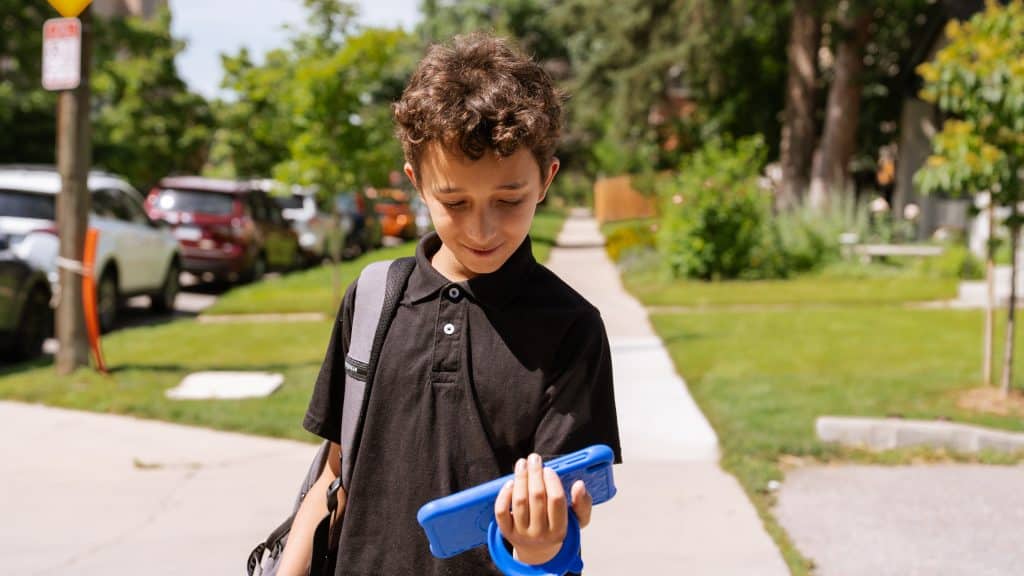
Read more: How To Help Your Child Focus In School
6. Use the Pomodoro Technique
The Pomodoro Technique is a popular time management method that uses a timer to break work into intervals, traditionally 25 minutes long, separated by short breaks. After completing four pomodoros, you take a longer break of 20-30 minutes.
This technique is great for kids because it makes big tasks feel manageable, prevents procrastination, and improves focus. There are tons of free Pomodoro apps available, many designed just for kids with fun visuals and rewards. Encourage your child to experiment with the length of the work and break periods to find what works best for them. The sense of racing against the clock can be highly motivating!
7. Track Your Time
Finally, one of the best ways for kids (and adults) to improve their time management is to track how they actually spend their time. Have your child log their daily activities for a week, either manually on paper or using a digital app.
Analyzing this data can be eye-opening. You might discover your child is spending an hour each night choosing their outfit for the next day, or that the 30 minutes of “reading time” is actually 15 minutes of reading and 15 minutes of staring into space. Use this information to adjust and improve the daily routine. As the saying goes, “What gets measured gets managed!”
Goally | Routines that Actually Work
Goally’s skill building tablet for kids has routines that break down large tasks into small, achievable steps. It helps kids complete their tasks independently!
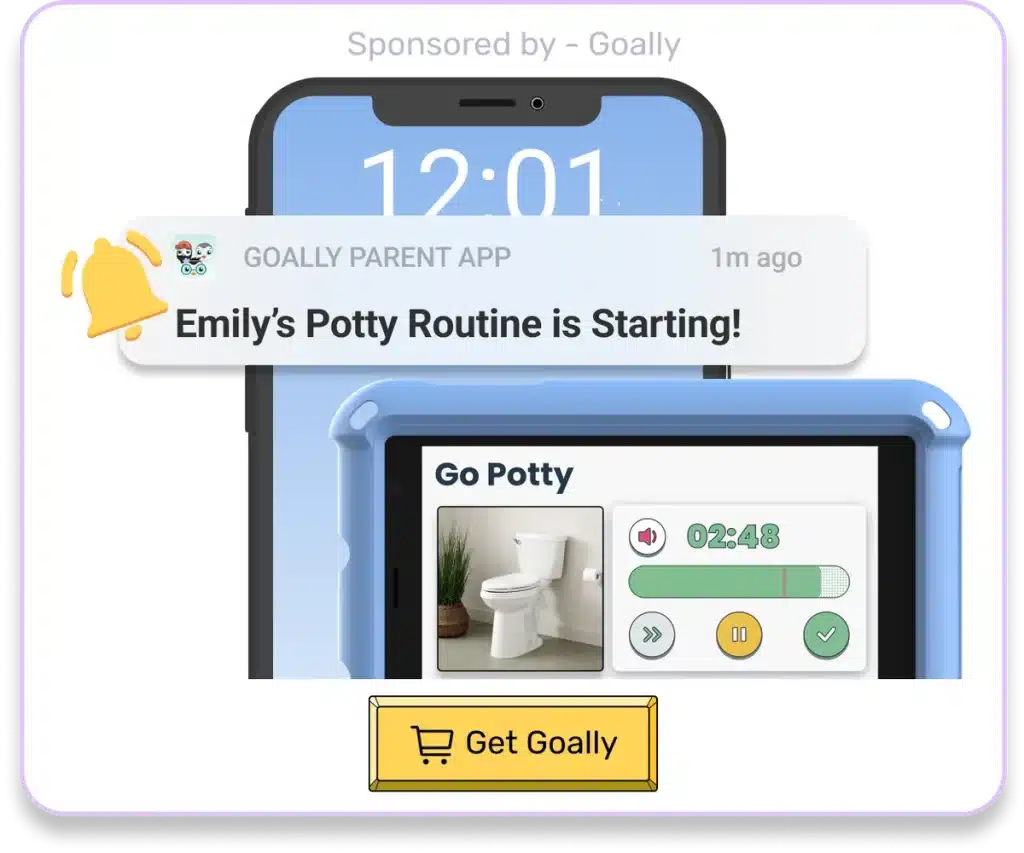
Create custom routines with your own videos & pictures for every step. The steps come in small, bite-sized pieces to help your child learn the little fundamentals (like putting the toothpaste on their toothbrush!) to achieve bigger goals. And that’s just the beginning. See it in action:
Implementing these 7 strategies can make a world of difference in your child’s productivity, focus, and overall success. But remember, perfection isn’t the goal. Help your child find the techniques that resonate with them, and keep adjustments as needed. With patience, consistency and a little creativity, your kid will be a time management superstar in no time!
Resources:
FAQs about Time Management Strategies
What is the most effective time management strategy for kids?
The most effective strategy is creating a to-do list. It helps kids stay organized and ensures they complete their tasks systematically.
How can kids avoid distractions while managing their time?
Setting up a quiet study area and turning off electronic devices can significantly reduce distractions. Encouraging kids to focus on one task at a time also helps maintain concentration.
Why is it important for kids to take breaks during tasks?
Taking breaks prevents burnout and keeps kids refreshed. Short, regular breaks improve focus and productivity over time.
How does the Pomodoro Technique work for kids?
The Pomodoro Technique involves working for a set period, typically 25 minutes, followed by a short break. This method helps kids maintain focus and manage their time efficiently.
Can prioritizing tasks improve a child's time management skills?
Yes, prioritizing tasks helps kids focus on what's most important first. Using tools like the Eisenhower Matrix can teach them to categorize and tackle tasks based on urgency and importance.
This post was originally published on 08/21/2023. It was updated on 08/27/2024.
Emily is a seasoned blog writer for Goally, leveraging her extensive background in child psychology and special education to provide valuable insights and resources for parents. Her commitment to understanding and addressing the unique needs of these children, combined with her expertise in educational strategies, makes her a credible and empathetic voice for families.

